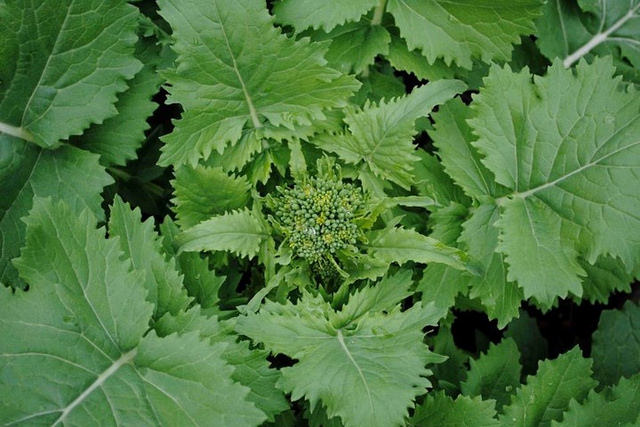
Growing herbs in containers is fairly common knowledge, but did you know that a wide range of vegetables can also be grown this way? I’ve discovered this through necessity after moving into an apartment where containers are my only option. I’ve been pleasantly surprised how much I’ve been able to grow!
I’ve struggled to get a decent crop from snowpeas and zucchinis, but apart from that I’ve had a lot of success.
Here’s a guide from what I’ve learnt over the years about container planting:
What can I grow?
A wide range of vegetables can be grown in containers although some are more suitable than others. You can also look out for dwarf or compact cultivars especially bred for this purpose. Check out our grow guides for chillies, garlic, coriander, warrigal greens, micro-greens, ginger, baby spinach, lemon myrtle, strawberries, tomatoes, and blueberries!
Sun-loving vegetables
- tomatoes
- capsicums
- chillies
- kale
- beans
- shallots
Shade-tolerant vegetables
- silverbeet
- spinach
- lettuce
- asian salad greens
- bok choy
Step 1: Observe the micro-climates in your backyard
If you walk outside you will notice that each place you stand or sit will have some subtle differences in terms of temperature, light, rainfall, humidity and wind. These are your micro-climates and you need to match these to the plants you grow. A great example is growing a plant near a north-facing wall to protect it from frost.
You can also create new micro-climates by clumping plants together to create extra shade or by growing a vine on balcony to create a windbreak. Don’t be afraid to experiment with trying a plant somewhere new if it’s not thriving.
Step 2: Assess the horizontal and vertical space available
Look to see what proportion of horizontal or vertical space you have and let this guide you in selecting your containers.
Horizontal
- glazed pots
- water-saving pots
- terracotta pots
Vertical
- hanging baskets
- vertical garden wall systems
- shelving
- climbing plants
- espaliered fruit trees
Step 3: Check how sensitive your plant variety is to drying out
This will guide your choice in the type of container you will choose. Some plants such as blueberries are particularly sensitive to irregular watering but over-watering plants can cause fungal problems.
Glazed or plastic pots keep moisture in better than terracotta pots, and pots with saucers can be good but if kept too moist plants can develop fungal problems. If possible raise containers on small blocks. For plants that suffer from water stress consider using or making a water saving pot.
Step 4: Consider what size container you require.
Plants have different requirements depending on their size and root system. For vegetables choose containers with a minimum depth of 30 centimetres. A vegetable such as lettuce can grow in a fairly shallow pot, while beans and beetroot will need a larger container.
Step 5: See if you can find a container to re-use or repurpose
You can find second-hand containers at garage sales, council clean-ups, or online share and sale websites. Also, see what you have around the house that could be used as a container – old baskets, kitchen pots and buckets can work well. Just ensure they are clean and have adequate drainage.
Seeds or seedlings?
You’ll be able to grow most plants from seed but seedlings can be helpful for a headstart. Some plants should never be bought as seedlings because they do very poorly when they are transplanted. These include root vegetables and legumes such as carrots, beetroot, snowpeas and beans.
What soil do I use?
Use organic premium quality potting mix. Ideally mix this with some homemade, well- rotted compost or some worm castings. You can re-use your soil the next season if it is healthy but you will need to add additional nutrients such as compost first. Avoid growing the same types of plants in the same soil year after year.
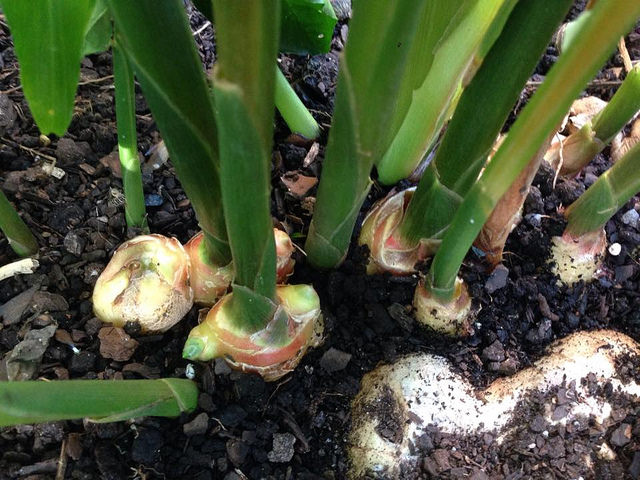
How about fertilizing?
Your plants will have a more limited area to get nutrients so you may need to provide additional nourishment. This could include worm castings, worm wee, liquid seaweed solution, compost tea, or organic fertilisers. Fertilisers high in nitrogen are good for leafy vegetables but if you give them to your root vegetables you are likely to end up with lush leaves at the expense of your root crop.
Watering
Plants in containers will dry out faster than those in the ground so it’s important to water regularly to prevent water stress that can effect growth and cause some plants to bolt to seed. Watering in the early morning or in the evening is usually best.
Encourage beneficial insects through flowers
Include at least 10% flowers to attract beneficial insects. These will help keep your pests at bay and keep your garden looking great too.
Do you grow your vegetables in containers? Share your tips below.

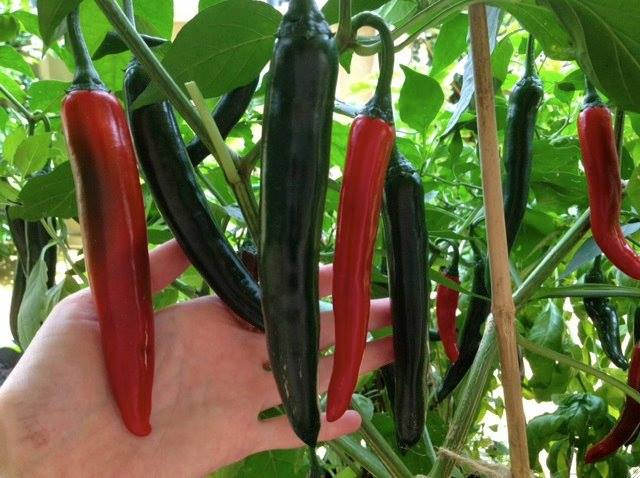
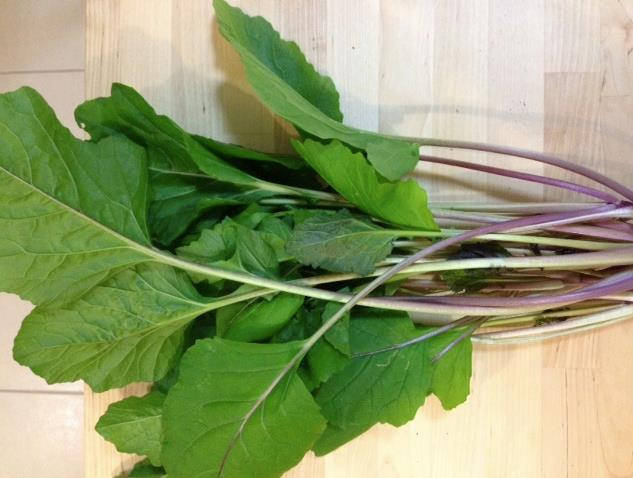
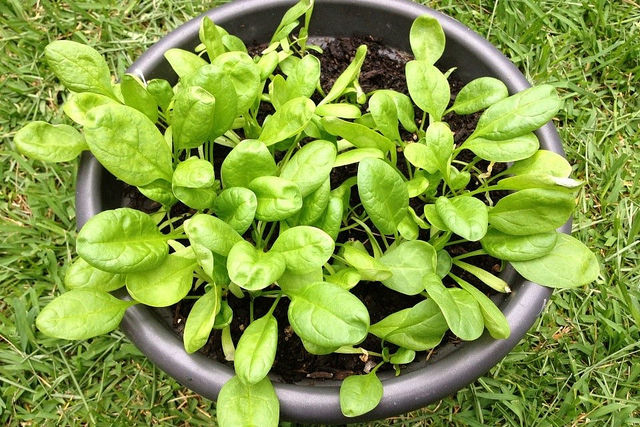
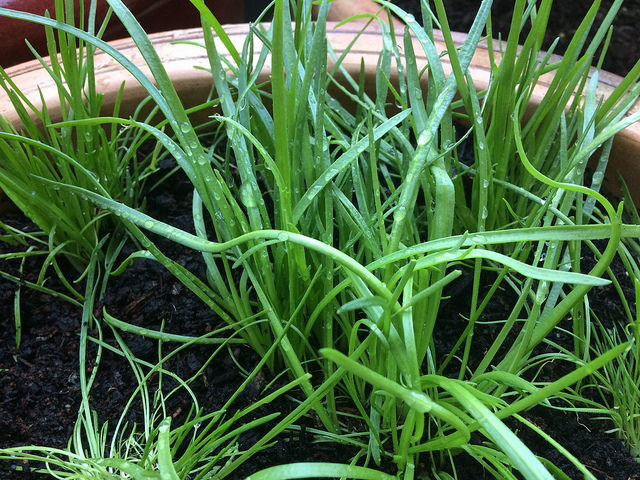
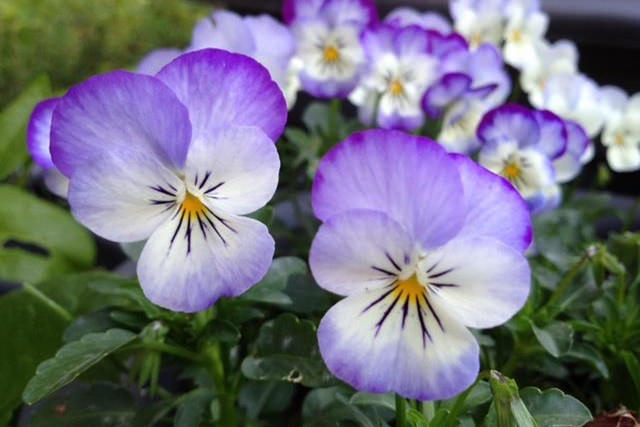
Thank you, I’m just starting and I really appreciate your effort to put all this information together.
Thank you very much!
Like!! Great article post.Really thank you! Really Cool.
Stumbled upon your website and it was just what I was wanting to try.
Perfect common sense advice this stressed out Nurse can utilise
THANKYOU!